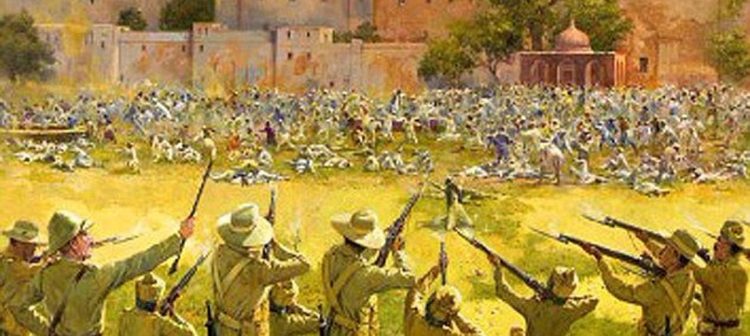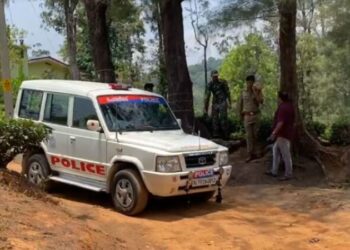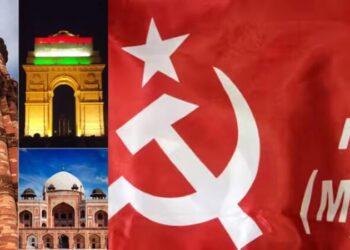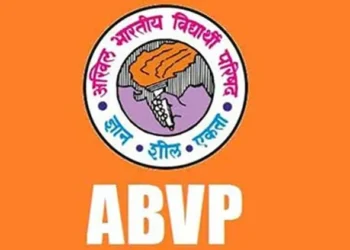New Delhi: At around 5.30 pm on 13th April, 1919, a contingent of ninety soldiers from Sikh, Gurkha, Baluchi, and Rajput soldiers, on the order of Colonel Dyer, arrived at Jallianwala Bagh, where more than 10,000 innocent men, women and children were assembled peacefully to protest against the British arrests of two nationalist leaders.
The British contingent was mostly armed with .303 Lee-Enfield bolt-action rifles. There were also two armoured cars armed with machine guns.
Colonel Dyer, without a single warning to the unsuspecting crowd, ordered his troop to fire upon the unarmed Indians. All hell broke loose as hundreds of bullets crisscrossed across the Bagh, packed with the maximum people. The bullets struck men, women and children alike.
Many tried to escape through the narrow alleys, some jumped into 20 feet wide well at the centre of the Bagh, while others fell to the ground and were run over by the fleeing crowd.
The shooting continued for 10 long minutes until most of the cartridges were consumed. 1,650 rounds were fired before Dyer ordered his troop to cease fire.
Some historians believe that this incident eroded the little faith in the British that Indians had and made way for the massive resistance against foreign rule. Even the West was shocked at the brutality and apathy of the British officers towards their Indian subjects. Indians realized that the colonial ‘fair justice’ was just a myth.
What is more shocking is that Dyer had asked his men to close the exits before the shooting. He later said that his intention was not to disperse the crowd but to punish the Indians for disobeying the British.
Thousands died on that fateful day. Hindus, Sikhs and Muslims fell together fighting for their right to live as free people with dignity and self-respect.
After a century, the wounds of Jalianwalla Bagh still hurt us. The massacre took place after Indian blood was spilt for the British during World War I. Indians died in the thousands on the killing fields of Europe and Africa even though it was not our war.
Jalianwalla Bagh showed the racist and colonial attitude of the British towards India. For them, we were dark-skinned people devoid of culture and history. They crushed the spirit of a once advanced civilization and imposed their values, culture and religion on to us.
The colonizers’ arrogance and sense of superiority were evident when Dyer was hailed as a hero in the conservative circles of England, on his return.
English arrogance still continues. Even after a century, the British crown has not offered an apology for the tragic incident. Though they have expressed their regret, the country still refuses to tender an apology for one of the cruellest episodes of British rule in India.
However, one glorious episode after the incident came 20 years later after Jalianwalla Bagh tragedy when Udam Singh, a brave Indian Independence activist shot down the then Lieutenant-Governor of Punjab, Michael O’Dwyer.
It was Michael O’Dwyer who had approved Dyer’s actions and planned for the massacre.
Indians will never forget nor forgive Jalianwalla Bagh. It is a harsh reminder for us about the struggles that our forefathers had to pay for freedom.












